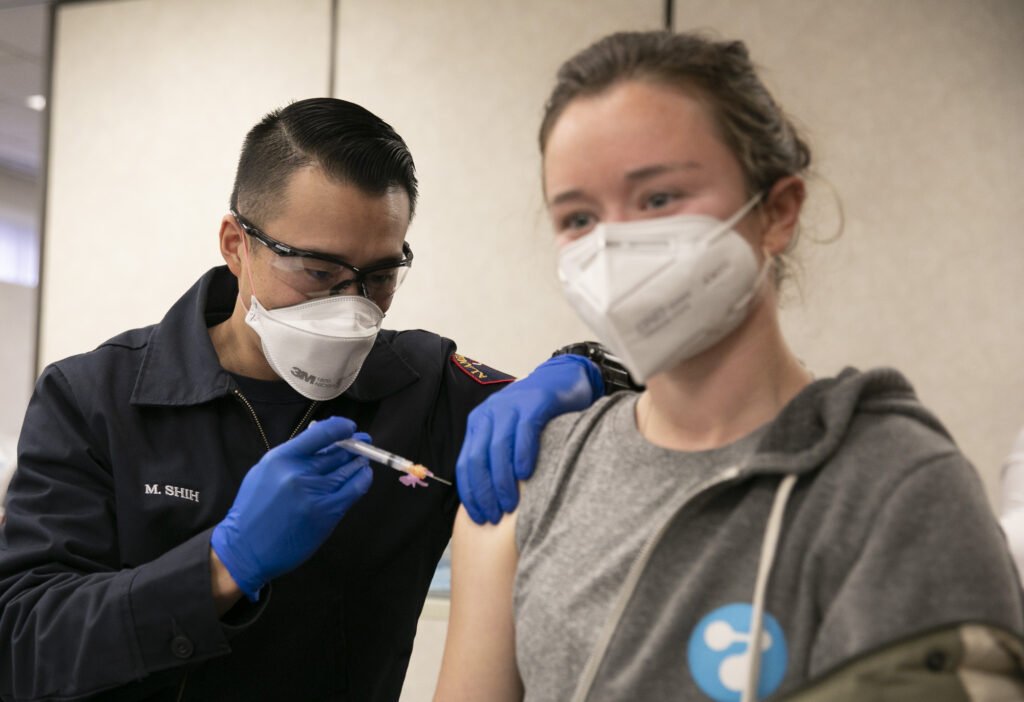Analyzing COVID-19 Vaccination Distribution in California: A Look at Racial and Ethnic Equity
Introduction: The Story of Vaccination Inequities
The distribution of COVID-19 vaccines in California has raised critical questions about equity among different racial and ethnic groups. As the state navigates its vaccination efforts, it appears that the early recipients largely reflect the existing demographics, showing significant disparities. An insightful report by CalMatters reveals that while the data is still emerging, some concerning trends are evident, particularly for Black and Latino populations in many counties.
Who’s Getting Vaccinated First?
Initial data shows that White individuals have received the highest percentage of COVID-19 vaccine doses across most of California’s counties. Specifically, counties with substantial Latino populations, such as Orange, Riverside, and San Bernardino, report that the vaccine distribution does not match the ethnic makeup of their communities. In three counties—Los Angeles, Imperial, and Kings—Latinos hold the largest percentage of administered doses. However, even their vaccination rates are below their demographic proportions. The data indicates that Asians in areas like San Francisco and Santa Clara have received the most vaccines, while Black individuals constantly show lower vaccination percentages relative to their population size.
The Challenge of Incomplete Data
A significant factor complicating the analysis is the high proportion of “unknown” race and ethnicity categories recorded in many counties. These unknowns can skew the overall data, making it difficult to discern true patterns of equity in vaccination efforts. In counties like San Luis Obispo and Alpine, the percentage of unknowns exceeds that of any specific racial group, obscuring a complete understanding of who is receiving vaccines.
Barriers to Access for Marginalized Communities
Equity advocates highlight the systematic hurdles many marginalized groups face in accessing vaccination sites. Issues like transportation, language barriers, and lack of time are significant factors. The necessity to navigate a predominantly English language web for sign-ups can further alienate non-English speakers. As noted by Anthony Wright, executive director of Health Access, these hurdles hinder equitable access and exacerbate existing disparities. Furthermore, the early rollout has primarily prioritized individuals aged 65 and over and healthcare workers, who tend to be predominantly White.
A Call for Equitable Solutions
Community leaders are voicing concerns that the rapid pace of vaccine distribution has led to inequity. Rhonda Smith of the California Black Health Network states that early warning signs of disparity are evident, calling it disappointing that marginalized communities are once again being overlooked. The Kaiser Family Foundation’s analysis across 16 states reveals that Black and Latino populations are receiving vaccinations at lower rates than their population percentages, while White individuals are vaccinated at a higher rate.
Looking Ahead: The Need for Comprehensive Data
CalMatters aims to continually update the analysis as new vaccination data comes in, which is crucial for understanding the deep-rooted inequities in vaccination efforts. Dr. Anthony Iton raises critical questions regarding California’s commitment to equity and inclusion amidst these challenges: will the state stand by its promises of equitable healthcare access? As the vaccination effort continues, addressing these disparities is not just a moral imperative but necessary for the state’s overall public health strategy. Continued support from organizations like the California Health Care Foundation is vital for ensuring equitable health outcomes across all communities.
As California forges ahead in its vaccination campaign, it will be essential to not only monitor the data closely but also implement strategic interventions that ensure equitable access to vaccines for all demographic groups. By addressing these barriers and proactively working to include marginalized populations, California can work towards a more equitable healthcare system that reflects the rich diversity of its communities.
For ongoing coverage and updates on this critical issue, be sure to visit CalMatters.





